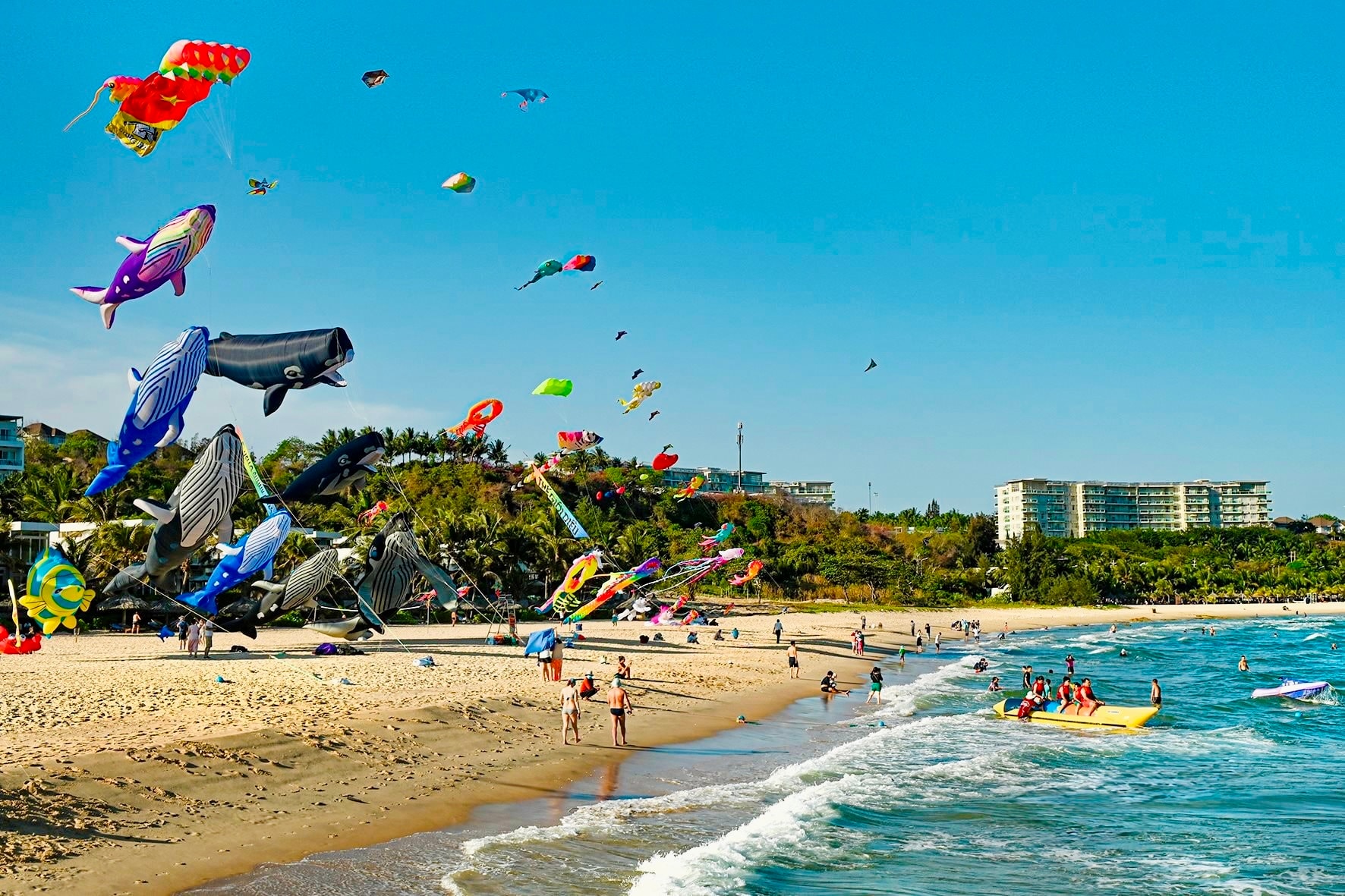
One journey - many experiences
In the past, when mentioning Lam Dong , people immediately thought of the chilly Da Lat, Bao Loc tea hills, pine forests, waterfalls and cool green ecological spaces. But now, Lam Dong officially has a sea, stretching from Mui Ne, Ham Tien, Ke Ga to La Gi, Tuy Phong... Not only does it have pristine seascapes and traditional fishing villages, this coastal area also preserves the Cham Pa cultural heritage, coral reef ecosystems, natural sand dunes and rich seafood resources.
With just a few hours of travel, visitors can start the morning watching the sunrise in Mui Ne, enjoy fresh seafood in Phan Thiet, in the afternoon hunt clouds in Da Phu hill, and in the evening light a campfire in the Ta Nung pine forest. With an increasingly complete transportation system, especially the Dau Giay - Phan Thiet expressway, national highways 28, 55 and inter-regional connecting axes, traveling between ecological spaces becomes more convenient than ever. Lam Dong now not only has beautiful beaches, but also possesses primeval forests, natural lakes, majestic waterfalls, tea hills, coffee gardens, cool climate and cultural identity of ethnic minorities...
Ms. Le Minh Trang - a tourist from Ho Chi Minh City shared: "I have been to Da Lat many times, but when I learned that Lam Dong can now combine Mui Ne beach and Ta Dung forest in the same trip, I tried it and was really surprised. Morning swimming in the sea, afternoon cloud hunting, evening sleeping in the forest, no other place offers such a diverse experience"!
Linking instead of splitting
Many travel agencies have recorded a significant increase in combined “sea - mountain - forest” tours, targeting tourists who love exploring ecology and experiencing local culture. Mr. Tran Minh Dung - representative of a travel agency in Da Lat commented: “Lam Dong is a rare locality that can simultaneously develop sea - forest - mountain tourism . No other place has such a rich ecosystem. If exploited well, this can be a strategic destination at the national, even international level”.
Lam Dong province is currently shifting from a “single locality” model to an integrated, regionally linked and advantage-sharing approach. Tourism centers such as Da Lat, Phan Thiet, Gia Nghia, La Gi, Bao Loc are no longer separate destinations, but are being designed as satellite axes that connect and support each other in terms of accommodation, services, communications and logistics. To realize the regional tourism strategy, according to tourism experts, Lam Dong needs to focus on three pillars. Specifically, infrastructure needs to be synchronous, with priority given to connecting highways, tourist ports, airports, and inter-regional sea-mountain axes; coordinating with travel businesses and accommodation establishments to build inter-regional products; developing tourism from local culture: craft villages, folk festivals, ethnic minority heritages, etc.
With its diverse natural potential and unique geographical location, Lam Dong is facing the opportunity to become the leading eco-tourism center of the South, targeting the long-term, demanding, environmentally friendly customer segment. For this to become a reality, it requires synchronous investment in infrastructure, human resources, resource conservation and most importantly, a three-party coordination mechanism: State - enterprise - community.
The Southeast region of Lam Dong province has more than 300 valid tourism projects, with a total land area of over 5,600 hectares; 210 projects have been put into operation. The accommodation system includes 663 establishments, more than 20,000 rooms; in particular, the wards of Mui Ne, Phu Thuy, and Tien Thanh have dozens of 3-5 star hotels. There are 33 travel agencies, including 13 international ones. Combining modern infrastructure and unique coastal resources, this area is the main sea tourism - resort center of Lam Dong.
Source: https://baolamdong.vn/du-lich-bien-doi-moi-cach-tiep-can-tu-vung-dat-moi-382661.html




![[Photo] National Assembly Chairman Tran Thanh Man attends the VinFuture 2025 Award Ceremony](/_next/image?url=https%3A%2F%2Fvphoto.vietnam.vn%2Fthumb%2F1200x675%2Fvietnam%2Fresource%2FIMAGE%2F2025%2F12%2F05%2F1764951162416_2628509768338816493-6995-jpg.webp&w=3840&q=75)

![[Photo] 60th Anniversary of the Founding of the Vietnam Association of Photographic Artists](/_next/image?url=https%3A%2F%2Fvphoto.vietnam.vn%2Fthumb%2F1200x675%2Fvietnam%2Fresource%2FIMAGE%2F2025%2F12%2F05%2F1764935864512_a1-bnd-0841-9740-jpg.webp&w=3840&q=75)

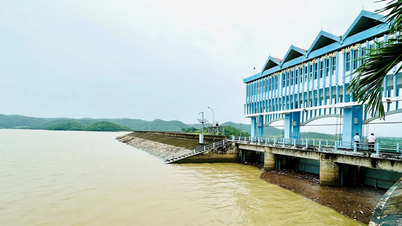

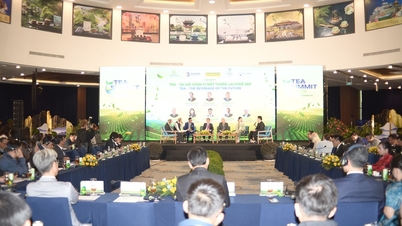









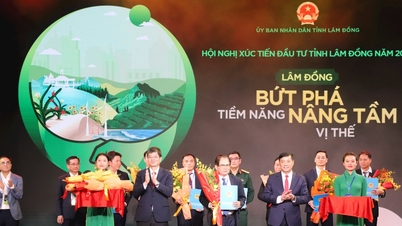

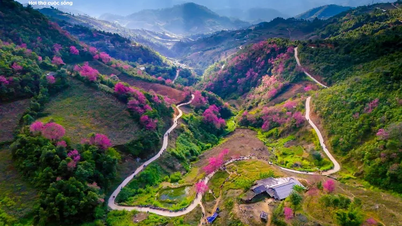

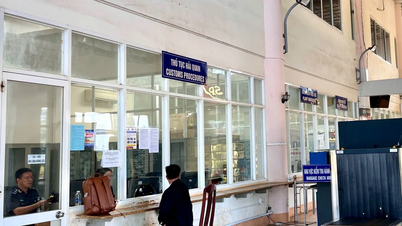

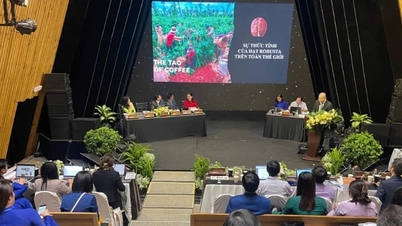





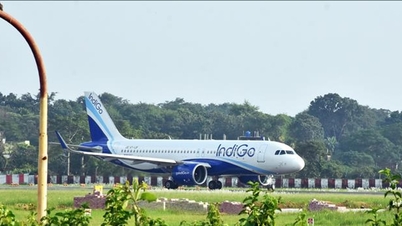

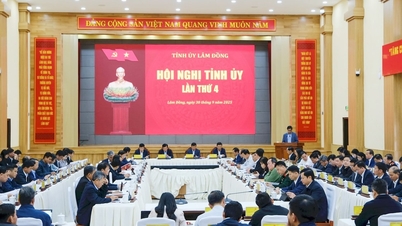





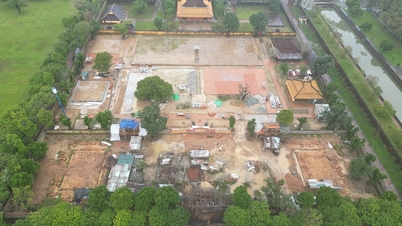


















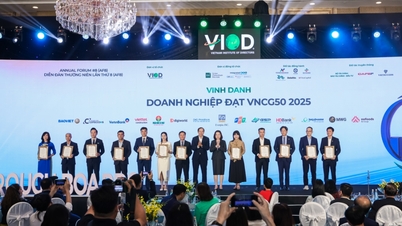

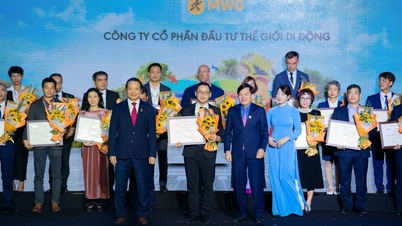
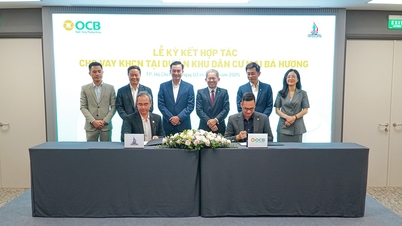






















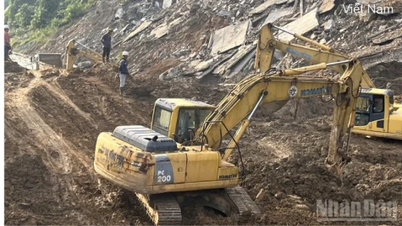

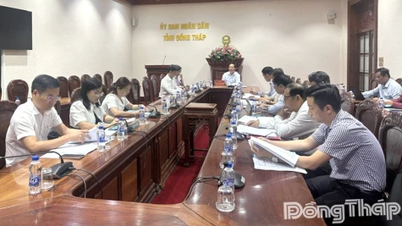
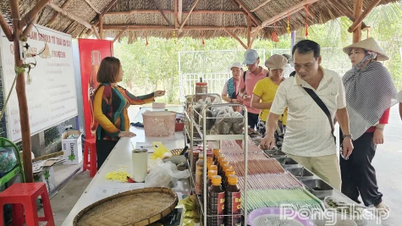
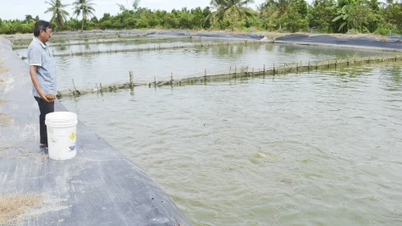


















Comment (0)